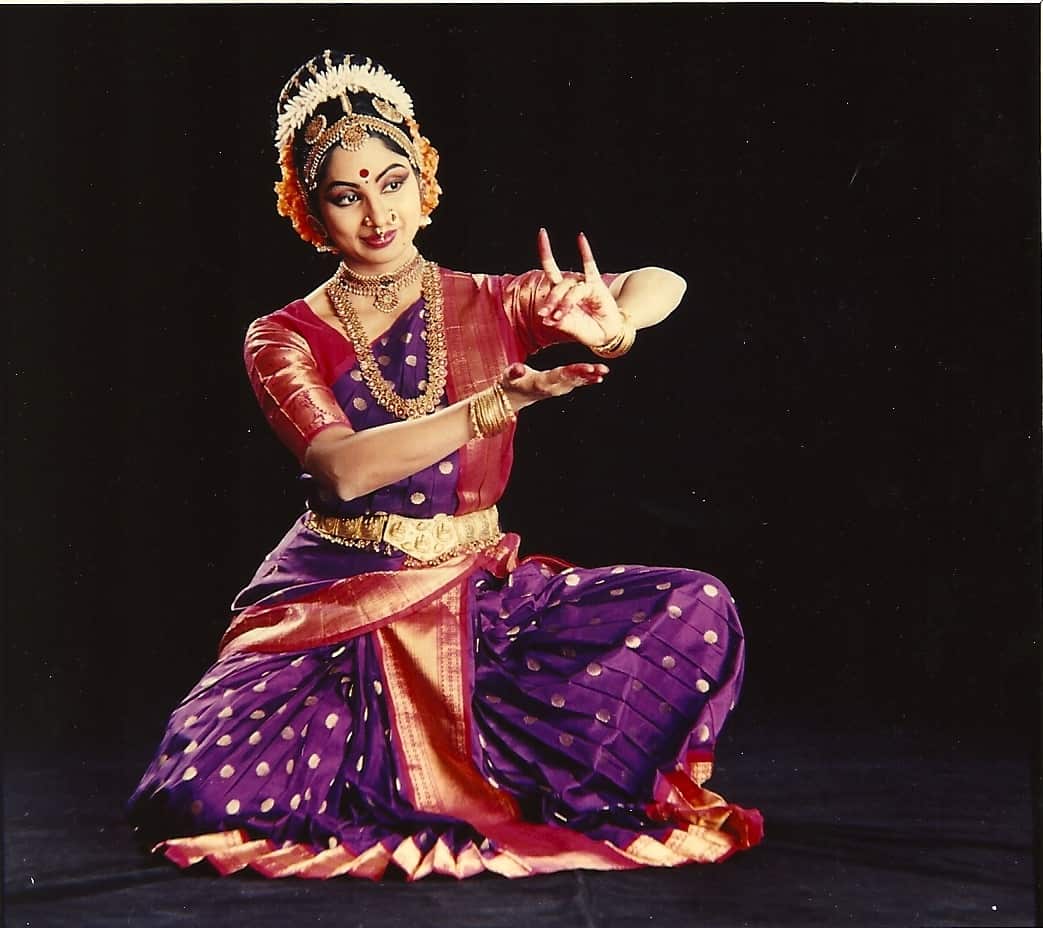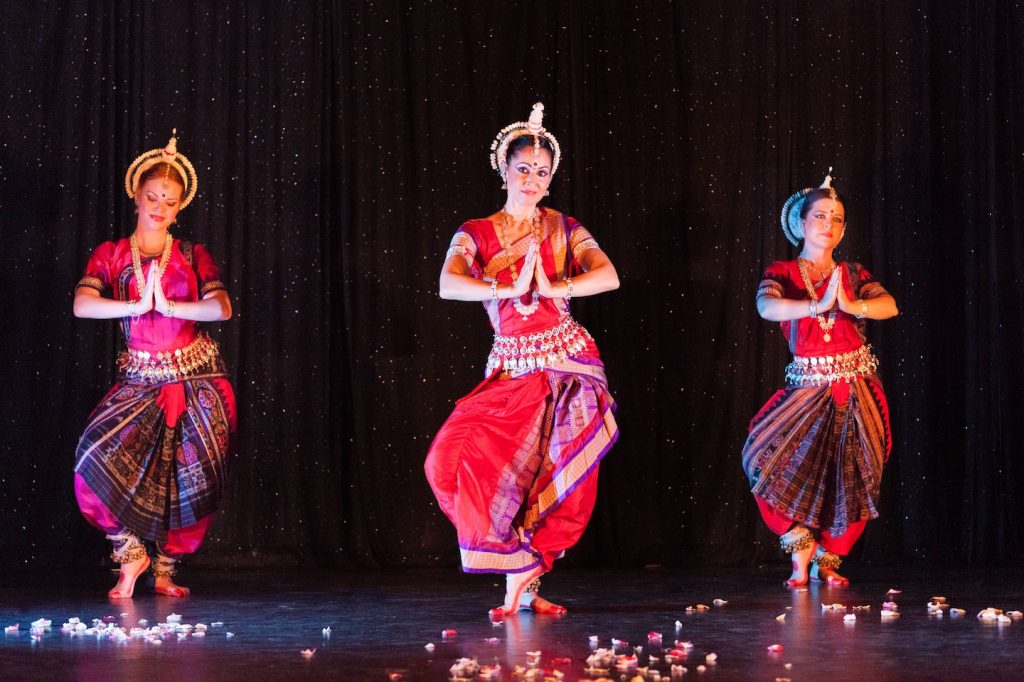CLASSICAL-DANCE
**BHARAT-NATYAM**

Bharatanatyam is a major Hindu form of Indian classical dance that originated in the modern-day region of Tamil Nadu. The Natya Shastra by Bharata Muni and Abhinaya Darpana (Mirror of Gesture) by Nandikeshvara are considered to be the original sources one of Bharatanatyam (an Indian classical dance form). The dance form is also briefly mentioned in Kannada text Manasolalla written by Someshwara III. It has flourished in the temples and courts of southern India since ancient times.[1][2][3] It is one of eight widely recognized Indian classical dance forms and it expresses South Indian religious themes and spiritual ideas, particularly of Shaivis
read more
**KATTHAK**

Kathak, one of the most elegant dance forms of India, revolves around the concept of storytelling. An art form with inexplicable charm, mesmerising footwork, and graceful movements, Kathak figures among the eight Indian classical dance forms and is the only dance form from northern India.
Kathak has over time evolved into three styles namely Classical, Contemporary and Sufi. It charms and captivates people with its swift pirouettes, unique rhythmic virtuosity and lyrical exploration of romantic
read more
**KUCHIPUDI**

Kuchipudi is a dance-drama performance, with its roots in the ancient Hindu Sanskrit text of Natya Shastra.[4][5][6] It developed as a religious art linked to traveling bards, temples and spiritual beliefs, like all major classical dances of India.[7] Evidence of Kuchipudi's existence in an older version are found in copper inscriptions of the 10th century, and by the 15th century in texts such as the Machupalli Kaifat.[8][9]. Kuchipudi tradition holds that Tirtha Narayana Yati – a sanyassin of Advaita Vedanta persuasion,[10] and his disciple, an orphan named Siddhendra Yogi, founded and systematized the modern version of Kuchipudi in the 17th century.[11][12][13] Kuchipudi largely developed as a Krishna-oriented Vaishnavism tradition,[14] andit is known by the name of Bhagavata Mela in Thanjavur.[8]
read more
**ODIDSI**

Odissi (Odia: ଓଡ଼ିଶୀ), also referred to as Orissi in older literature, is a major ancient Indian classical dance that originated in the Hindu temples of Odisha – an eastern coastal state of India.[1][2][3] Odissi, in its history, was performed predominantly by women,[1][4]and expressed religious stories and spiritual ideas, particularly of Vaishnavism. Odissi performances have also expressed ideas of other traditions such as those related to Hindu Gods Shiva and Surya, as well as Hindu Goddesses (Shaktism).[5] The theoretical foundations of Odissi trace to the ancient Sanskrit text Natya Shastra, its existence in antiquity evidenced by the dance poses in the sculptures of Odissi Hindu temples,[1][6] and archeological sites related to Hinduism (Sanatana Dharma), Buddhism and Jainism.
read more
**SATTARIYA**

Sattriya (Assamese: সত্ৰীয়া), or Sattriya Nritya, is a major Indian classical dance.[1][2] It is a dance-drama performance art with origins in the Krishna-centered Vaishnavism monasteries of Assam, and attributed to the 15th century Bhakti movement scholar and saint Mahapurush Srimanta Sankardev.[1][3][4]
One-act plays of Sattriya are called Ankiya Nat, which combine the aesthetic and the religious through a ballad, dance and drama.[5][6] The plays are usually performed in the dance community halls (namghar[6]) of monastery temples (sattras).[7] The themes played are related t
read more
**MANIPURI**

manipuri, one of .the six classical dance styles of India, the others being .bharata natyam, kathak, kathakali, kuchipudi, and odissi. It is indigenous to .Manipur and is characterized by a variety of .forms that are linked to folk tradition and ritual.. Themes are generally taken from episodes. in the life of Krishna, the pastoral god.
read more




